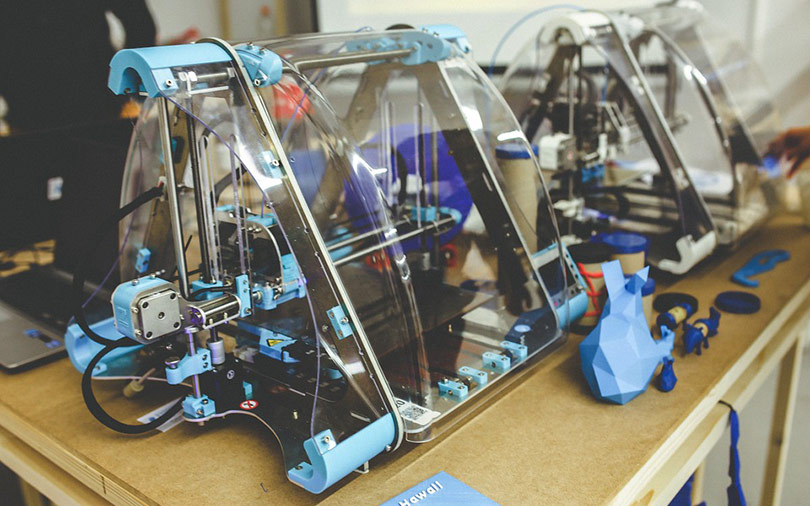
Temples in India replacing damaged kalashas with 3D-printed metal spires


Indian temples with structural damages to their Kalashas, the metal spire used to cover the domes, are set to get 3D-printed metal replicas as replacements, said a media report.
“They are precise to the last micro millimetre,” Neelesh, a mechanical engineer working on the 3D printing roof project with Govardhan Metals in Mangaluru told 3DPrint.com. “I am not saying the great artisans of the past era were any less, but in the modern times we need volumes within a limited time, which is where the technology comes in.”
The report added that the makeover plan for 240 temples across Mumbai, Margao, Panaji, Udupi, Honnavar, Madhur and Kundapura, among others, has started. The finer details such as the metal that would be used for the roofs, which may include gold, silver, brass and copper, are being worked out.

“This new technique has revolutionised temple architecture. When I examined the old copper cladding on temple roofs 300 to 400 years ago, I found they did not have engraving, or wedging qualities. They were nailed to the wooden rafters, which allowed for seepage of water over the years. Some temple managements coated them with modern, anti-ageing paints that rendered the roofs dull,” M Shivaprasad, a coppersmith who owns Govardhan Metalworks, was quoted as saying.
The report also cited temple architect Vasudev Acharya saying that it has become a trend for new-age architects to advise the temple authorities to go for solutions that are long lasting. “The Venkataramana temple in Mangaluru city and the Padu Thirupathi Venktarama temple in Karkala have also undergone recladding of the roof with modern designs in copper art.”
3DPrint.com also reported that additive manufacturing was used to modernise the Bahubali statue on Vindyagiri this year. The Mukuta Chatritriya, a series of three umbrellas, was made by Shivaprasad’s team of 28 coppersmiths out of bronze, with inlay work in copper and coated with gold, it reported.

“This is a traditional design which was in our family for several generations. They are completely handmade,” explained Shivaprasad. “Only for some finishing work, we have used modern machines. During the last Mahamastakabhisheka in 2016 we had fabricated a similar Mukuta Chatratriya, but that was not as good as the one we have fabricated this year – it is larger and heavier.”
The Mukuta Chatratriya took the team a little more than four months to create, and weighs over 1,250 kg. The series of three canopies are stacked one on top of the other, and reaches a height of nearly 60 feet.
